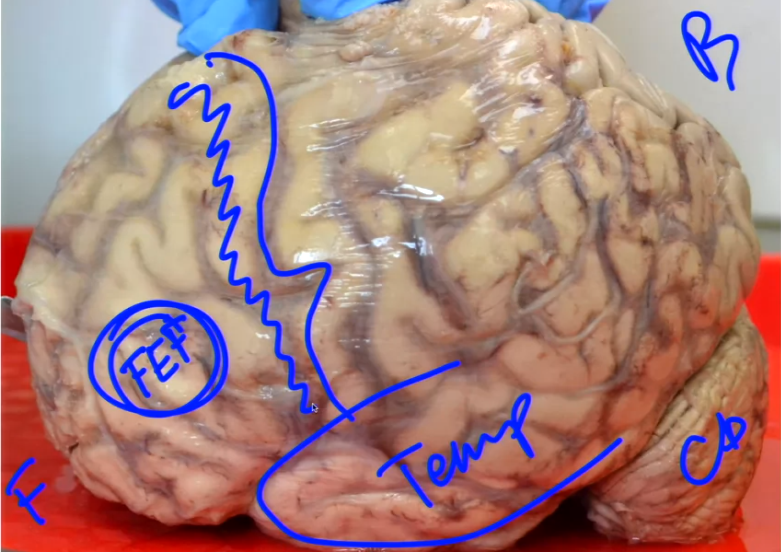Controlling Saccades: Volitional vs. Non-volitional Movements
This lecture explores the brain regions responsible for controlling saccadic eye movements.
-
Volitional Saccades (Conscious Control):
- Frontal Eye Fields (FEF): Located in the frontal lobe, the FEF is the primary cortical area responsible for initiating voluntary saccades, such as those made during reading (shifting gaze between words).
-
Brainstem Saccadic Centers:
- Horizontal Gaze Center (HGC) in the pons: Controls horizontal gaze shifts by activating the appropriate muscles in each eye (e.g., lateral rectus muscle for abduction).
- Vertical Gaze Center (VGC) in the midbrain: Controls vertical and torsional eye movements, as well as eye vergence (convergence for near vision).
-
Non-volitional Saccades (Reflexive Movements):
- Superior Colliculus (SC) in the midbrain: Responsible for reflexive saccades in response to visual stimuli (e.g., following a moving object) or auditory stimuli (e.g., turning towards a sound).
-
Clinical Applications: Damage to specific pathways can lead to dissociations in eye movement control. For instance, internuclear ophthalmoplegia disrupts the connection between the HGC and medial rectus muscle, preventing inward movement of one eye during a gaze shift to the opposite side. However, vergence (mediated by the VGC) might still function normally in such cases.
-
Conclusion: The lecture emphasizes the complexity of eye movements, with different brain regions controlling various types of saccades (volitional vs. reflexive) and the potential for selective deficits depending on the location of damage.

